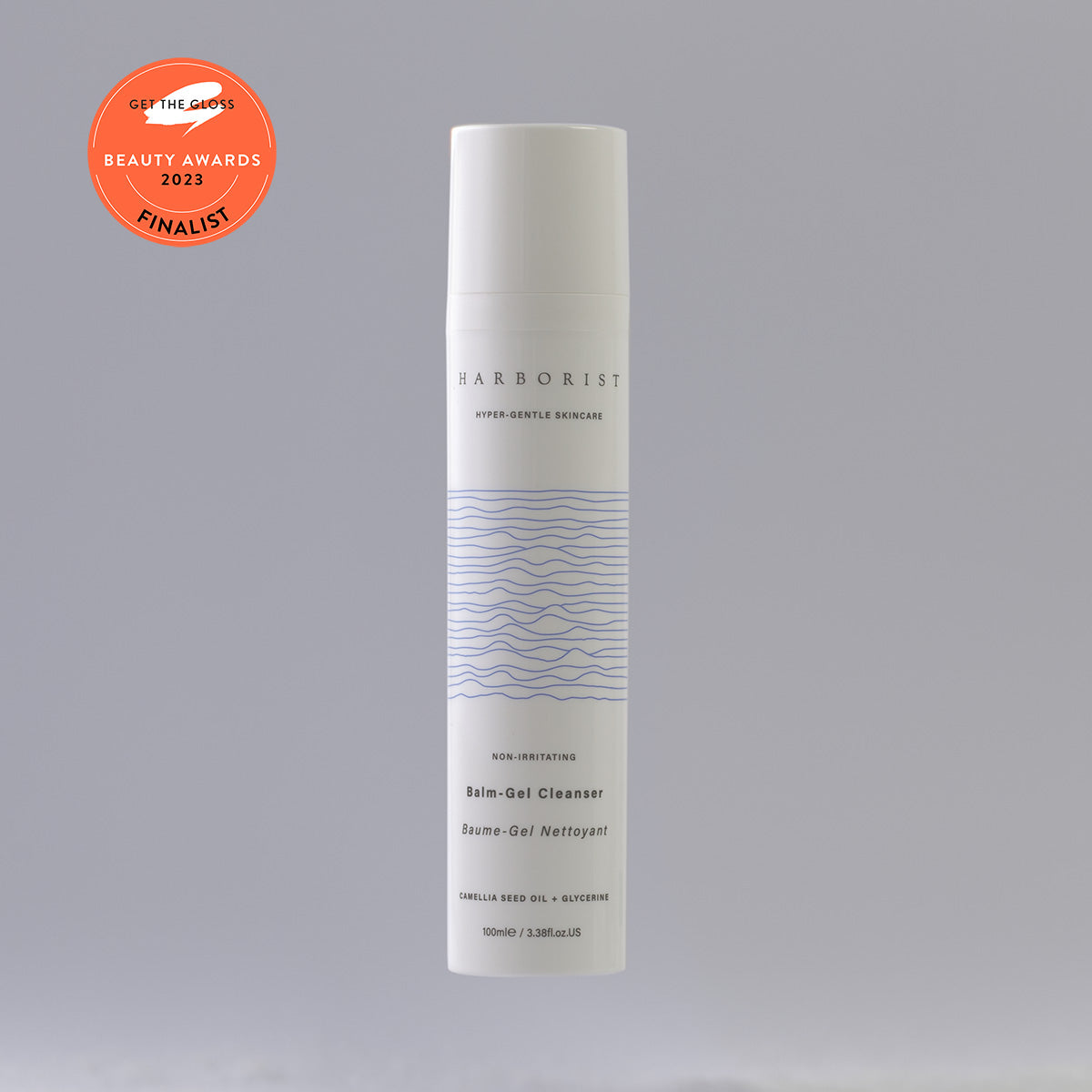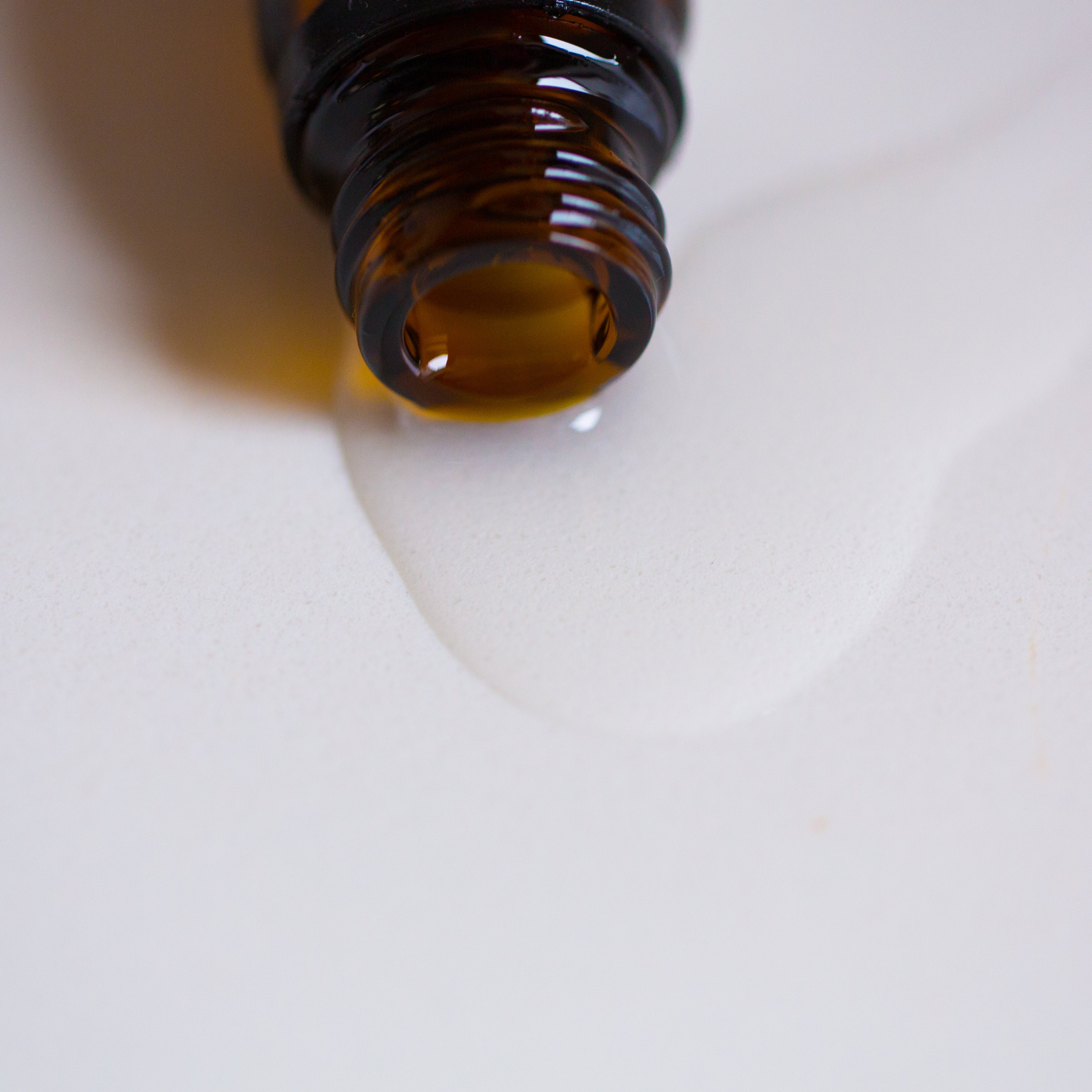Have you ever wondered what sets apart a £4 from a £40 skincare product? Does it have anything to do with quality, or is it just marketing?
While it makes sense that packaging and ingredients should determine the value, the truth is, the price (and value) of your skincare isn't only about what's in the bottle. The way the product goes from conception to your bathroom shelf matters, too.
Here are some of the lesser talked about factors that influence the price of your skincare.
Wide distribution
It's no secret traditional brands found in the chemist or supermarket are affordable because they're sold in so many places worldwide – from Sainsbury's to Target, from Boots to Walgreens. The buzziest niche brand won't sell as much as CeraVe. Not only does this reduce the cost of producing the product, the vast number of products sold means a tiny margin can reap significant profit. Brands under corporate multinationals like Proctor and Gamble or L'Oreal can also spread operational costs with all the brands they own, too.
Pros:
- Tried and tested, they tend to be less trend-led
- Easy to find
- Affordable
- Economies of scale help to source ingredients and packaging for less
Cons:
- Ingredient limitations: This scale requires ingredient sourcing in vast, consistent quantities, ruling out ingredients with natural variability. This is why petroleum derived chemicals are often favoured – they have a predictable supply chain.
- A focus on lowering ingredient costs: Slight differences in costs per unit add up at this scale. For example, Aquaphor sold roughly 45 million units of product in 2023. An increase of just 5p per unit would reduce profits by £2.25 million, providing an incentive for cost cutting.
- Mass appeal: products must be widely used; less room for individual concerns.
Venture Capital Funding
Venture capitalists (VC's) invest in companies they believe have the potential to rapidly increase their valuation, to reap a profit once sold.
While VCs have traditionally funded tech in the later 2010's, successes like the sale of Schmidt's deodorant to Unilever and Drunk Elephant for $845 million to Shiseido made consumer physical products attractive investments too. This VC money went to individual brands, or beauty incubators to create a portfolio of brands.
By 2023, it became apparent moisturisers and sunscreens were more costly and complicated to make and sell than a downloadable app. Meanwhile, changes in economic conditions reduced the money available; by 2023, the VC funded beauty bubble had burst.
Many consumer brands born from this trend relied on continuous round of investment to survive. Even with good sales figures, they were often not profitable, because the price on the bottle didn't cover the true cost to the business.
This is why last year Amyris, the owner of JVN, Biossance, and Rose Beauty, filed for bankruptcy and sold off their brands at rock bottom prices. Meanwhile many funding-dependent small brands, unable to obtain further investment, closed for good.
In 2024, the pool of venture capitalists willing to invest in physical products has returned mainly to those who specialise this area - and this is a good thing.
Pros:
- VC Funded brands catered to customers long ignored by mainstream corporations
- Lower pricing subsidised by funding
- A product marketed for (almost) every need
- Access to funds before launching products means beautiful branding and packaging are possible.
Cons:
- Trend-driven products lacking innovation (see: brands taking a tried-and-tested base from a contract manufacturer and adding actives and attractive branding).
- Out-of-touch investors funding categories based on hype, rather than what real people want or need (see: CBD skincare - interesting to a few people but not solving real problems for most).
- Continuous product launches to boost revenue, encouraging overconsumption.
- A focus on marketability rather than improving the skin.
Self-funding
Self-funded brands operate without VC funding or the financial backing of a major corporation. This means the price of the bottle must sustain the whole business. Harborist is self-funded, so there may be some bias here.
Pros:
- Self-funded brands can focus on making the right products without corporate or investor pressure.
- The ability to develop formulas from scratch without restrictive timelines that impact product innovation.
- Lowering Ingredient costs is less of a priority; a superior formulation that will drive repeat purchases is often key to the business's survival.
Cons:
- A minority take advantage of lower visibility to ignore marketing regulations, making claims about treating acne or rosacea for example. While large brands can and do use unethical marketing tactics, they're less likely to veer into illegal claims.
- Minimum order requirements of custom packaging, often starting at 10,000 units, are impractical for small brands. This means small brands may not be able to achieve the packaging and design they (and their customers) would like.
- Price: Small brands aren't able to compete on price
A sidenote about costs
While it seems logical to think of the cost of a skincare product product by looking at what's in the bottle — the cost of ingredients + manufacturing — buying from an independent product-based business is more like buying a gourmet dish from a small restaurant.
Consider a peach noodle salad from a local restaurant. While the peaches and noodles may cost just a few pounds, the menu price reflects more:
1. Operational costs: Physical space, equipment, staff, insurance, accounting services, software, printing, tableware, and laundry (In a product based business, operational costs may be less visible, such as regualtory and warehousing).
2. Initial investment: Start-up expenses like interior design and fittings, which may take years to recoup (with skincare, the equivalent is the formulation and testing costs).
3. Ongoing expenses: PR and marketing to maintain consistent income.
While these hidden costs may seem less valuable than the ingredients themselves, they're just as crucial for the restaurant to be able to continue to serve the peach noodle salad. The same principle applies to most physical goods; it's not unusual for the cost of producing the item to represent 50% or less of the actual cost to the business.
Most of us will be able to find products that suit our skin at all price points. At the same time, each business model offers something different. Corporate mass market brands can offer sturdy, inexpensive products, while well-funded brands can be dialled in to what todays customers are looking for (and often look better on your bathroom shelf, that traditional products, too!).
Founder-led brands tend to be more expensive, but they have the freedom to create products exactly as they and their customers would like, without bending to external interests. When these customer-centric brands are successful, their ideas sometimes influence the less expensively priced brands, too.


